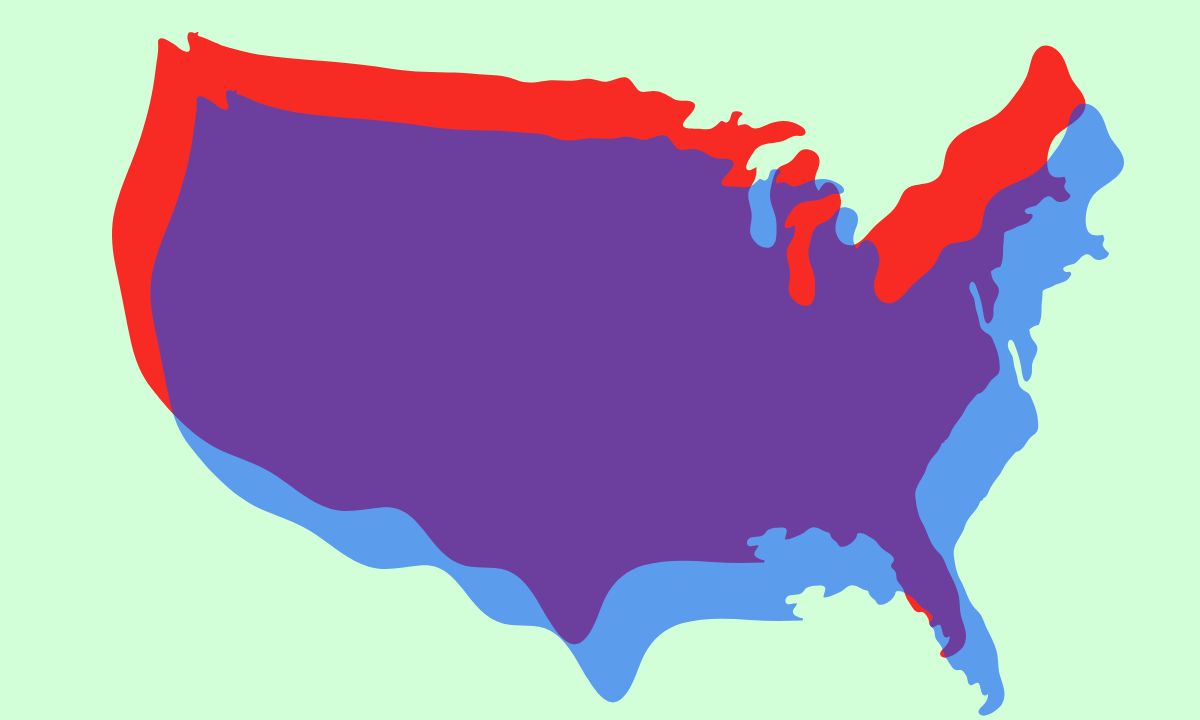Education is One Area Where ‘Domestic Realists’ Agree. Let’s Build on That
Manno: It’s time to forge a new K-12 political coalition from the ideological heartland, based on everyday concerns shared by most Americans

Get stories like these delivered straight to your inbox. Sign up for The 74 Newsletter
The education culture wars on issues like critical race theory and how to teach history create a false narrative and collective illusion on K-12 issues among Americans.
The stubborn fact is that voters’ opinions and governors’ statements show broad agreement on a collection of practical education issues that offers a common-sense K-12 governing agenda, according to three recent analyses.
The two most prominent issues where there is agreement are expanding career and technical education (CTE) and increasing school funding. Others include boosting child care and early learning, raising teacher pay and providing families and students with more education options.
The first analysis is from a 2022 bipartisan poll of 1,200 midterm voters, plus another 600 from the battleground states of Arizona, Georgia, Michigan, Nevada, Pennsylvania and Wisconsin. It identifies four issues on which voters agree.
Voters overall want more parental control and endorse specific changes. Over 2 in 3 (64%) believe “parents should have more control … right now” over what public schools teach. Republicans (93%), Independents (70%) and parents (70%) agree, though more than 2 in 3 (64%) Democrats disagree.
More than 3 in 4 voters overall, across parties — including in battleground states — say four issues from a list of 12 are “very important”: ensuring every child is on track (86%); hiring and retaining high-quality teachers (81%); offering more career education and real-world learning (75%); and improving school security and safety (74%).
A slim majority (53%) supports increasing existing school budgets if funds follow students to “where they receive their education,” though nearly 7 in 10 (68%) Democrats oppose this approach.
Almost 7 in 10 (69%) voters overall, including a majority (51%) of Democrats, support creating more education options, including charter schools, private schools and homeschooling.
A second analysis, by the Manhattan Institute’s Andy Smarick, examines the K-12 agendas of 2022 gubernatorial candidates. At least 25% of the candidates agreed on 6 out of 27 issues, with two tied for first place: expanding CTE programs and increasing school funding, both endorsed by 30 of the 72 candidates, or 42%. The other four top issues were school choice (24 candidates; 33%); expanded pre-K (22 candidates; 31%); teacher pay raises (19 candidates; 26%); and curricular reforms (19 candidates; 26%).
Finally, an issue analysis by the Education Commission of the States of 2023 State of the State addresses found that CTE, teaching quality and school finance ranked “among the most popular” K-12 issues the governors mentioned. A majority also voiced support for early learning and child care. Other “hot topics this year” included student health, school choice and safety. An analysis by the National Governors Association reached similar conclusions.
This agreement creates an ideological heartland, a term coined by the American Enterprise Institute’s Ryan Streeter to describe not a physical location, but a state of mind where domestic realists live.
Domestic realists are not given to ideological political extremes. They lean left or right or are part of that group called moderates. Roughly two-thirds of Americans live in this ideological heartland, compared with less than a quarter of staunch progressives or conservatives who live at the edges of the political spectrum, immersed in the culture wars.
With Republicans in 22 states and Democrats in 17 states controlling the governorship and both houses of the state legislature — the trifecta of single-party government — legislative specifics will vary based on party affiliation and voter preferences. This gives policy and civic entrepreneurs the freedom to meet state needs and local circumstances.
For example, more school funding in one state may mean increasing pay for teachers. In another state, it may mean starting new or expanding current child care and early learning programs. A third state may create education savings accounts that parents can use for private school tuition or to purchase tutoring for a child in traditional district public schools.
Or, a state may use more funding for several purposes, as is being suggested in Oklahoma. There, a new legislative proposal would give private-school parents up to $5,000 in annual credits and homeschool parents up to $2,500 for tuition, tutoring and curriculum, while also providing $500 million in additional grants, salary increases and other funding for traditional public schools.
This implementation pluralism follows the American federalist tradition. It allows states and local communities to be laboratories of democracy that test and refine laws and policies over time. In the words of former U.S. Supreme Court Justice Louis Brandeis, “a single courageous state may, if its citizens choose, serve as a laboratory, and try novel societal and economic experiments without risk to the rest of the country.”
It’s time to forge a new K-12 political coalition of domestic realists from the ideological heartland who have a practical set of governing ideas based on everyday concerns shared by most Americans.
Disclosure: Walton Family Foundation provides financial support to The 74.
Get stories like these delivered straight to your inbox. Sign up for The 74 Newsletter

